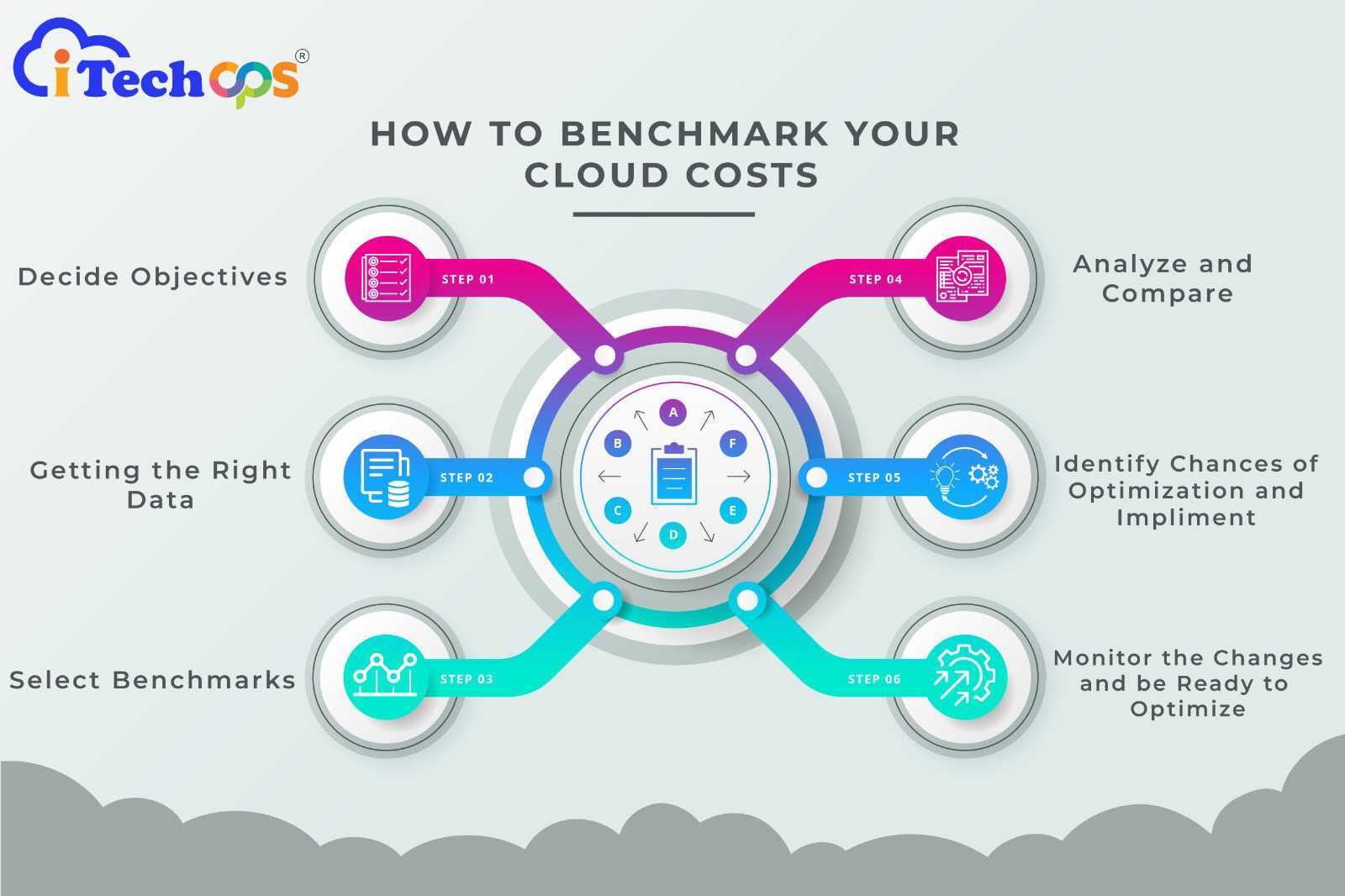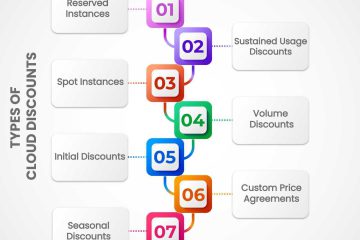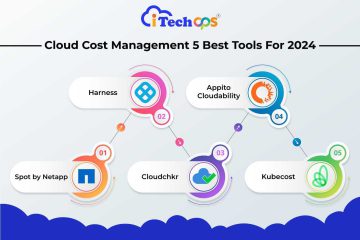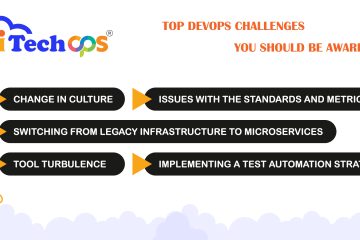How to Benchmark Your Cloud Costs

Have you ever felt the need to benchmark your cloud costs? Benchmarking your cloud costs can help you align all your spending with your business growth and strategy. It can also help businesses identify gaps and find better opportunities with less or similar spending.
Benchmarking your cloud costs also helps compare your spending and outcomes with those of other businesses of the same scale. It can be used to fill in the gap between the investment and the outcome, making the business’s work much more efficient.
Let’s learn how to keep a check on your cloud costs with the help of cloud cost benchmarking.
Why benchmark your cloud costs?
1. Benchmarking your cloud cost enables you to make strategic decisions to get better outcomes from your spending.
2. It helps businesses identify inefficient cloud infrastructures so that you can optimize them and make them efficient.
3. Next, cloud cost benchmarking helps ensure that your cloud spending results in fulfilling your business objectives.
4. When you set a baseline benchmark, you can regularly check your outcomes and ensure that you aren’t overspending.
5. Cost optimization through benchmarking frees up resources that can be redirected towards areas driving business innovation and growth.
Learn to benchmark your cloud costs in a few steps
#Step – 1 Decide Objectives
Before you start working on cloud cost benchmarking, it’s important to determine the objectives.
Objectives help in ensuring that the process of benchmarking is in line with the goals of the company. While defining benchmarking objectives, you should keep in mind certain aspects of your business, such as storage and data transfer. Whether you want to remove financial constraints or look for opportunities for strategic investment in your business, make sure that you decide on objectives first.
#Step – 2 Getting the right data
For ideal benchmarking, you would need certain data regarding cloud usage, expenditure and performance metrics. Some special tools and platforms help companies get the accurate information they need to compare their spending with others. These tools show all the data about different things that increase your expenses, like how much you use computing power, how much you store data, and more. This way, you can see the full picture of where your money is going in the cloud.
Organizations can find trends, patterns, and possible areas for cloud infrastructure improvement by gathering comprehensive data. This information makes it possible to thoroughly analyze resource usage, spending trends, and performance indicators, which helps with the decision-making of cost optimization strategies.
#Step – 3 Select Benchmarks
Find the benchmarks relevant to your business size, industry, and cloud usage patterns. This means you need to consider the location, cloud service prices, and type of work your business does in the cloud.
By choosing benchmarks that fit your specific situation, you ensure that the comparisons you make are meaningful for your business.
#Step – 4 Analyze and Compare
Evaluate how your costs align with industry standards and identify areas where your spending deviates significantly from benchmarks. Look for patterns, trends, and outliers that may indicate opportunities for optimization or improvement.
#Step -5 Identify chances of optimization and implement
Based on your analysis, find the scope for optimizing your cloud infrastructure. That would include cutting down unnecessary spending and finding ways to use the resources more efficiently. After making these changes, you need to check the performance of your cloud, and then, if needed, you can tweak things a bit as well. By improving and checking again and again, you can save a lot of money and boost the value of your cloud infrastructure.
#Step – 6 Monitor the changes and be ready to optimize
After you are done with the optimization process, use performance metrics to monitor your cloud expenditure. As cloud cost benchmarking is an ongoing process, with time, try to make further improvements in the cloud infrastructure according to the output you get.
What tools and resources can be used to benchmark your cloud costs?
1. Cloud cost management tools
Cloud cost management tools make cloud benchmarking simple. They come with features that help analyze and optimize cloud costs, and the best thing about these tools is that they use benchmarking strategies based on industry standards.
2. Third-Party Benchmarking services
There are so many third-party benchmarking service providers that provide you with detailed analytics and insights based on your current cloud spending. These benchmarking analytics can be compared with the industry standards to find the scope of changes.
3. Industry reports
Research websites and consulting organizations often publish reports and surveys that can be used to gain insights into cloud spending trends and other cloud cost management techniques.
How often should you benchmark your cloud costs?
You should benchmark your cloud costs regularly, like every few months or twice a year. This helps you stay up-to-date with any changes in your usage patterns, pricing, or industry benchmarks so you can keep your cloud spending optimized and aligned with your business goals.
How do I analyze my cloud spending data against benchmarks?
To analyze your cloud spending based on the benchmarks, you need to compare your costs to those of others. This will provide you with valuable insights into where you need to control your money flow and what changes you need to make in the strategy to ensure that you don’t spend more than your competitors.
What are the benefits of benchmarking cloud costs?
1. Helps identify areas for cost optimization and potential savings.
2. Provides insights into how your cloud spending compares to industry standards.
3. Guides informed decision-making regarding cloud resource allocation and usage.
4. Enables better control over cloud spending and budget management.
5. Supports the maximization of value derived from cloud investments.
What factors should I consider when selecting benchmarks?
1. Consider your company’s size, industry, the geographical region where you operate, and market conditions before finalizing your benchmarks for cloud costs.
2. Compare other cloud pricing models and contract types to analyze the relevance of your current cloud service provider.
3. Take into account workload characteristics and usage patterns specific to your business operations.
4. The benchmarks you select must be aligned with the industry standards so that you know the best way of doing things.
Conclusion
After discussing different aspects of benchmarking cloud costs, we can conclude that it is an effective way to make cloud spending more efficient. To simplify the benchmarking process, one can follow the steps provided in this article.
It needs to be understood that benchmarking cloud cost is a continuous process. No matter how nicely you figure things out, you need to continue looking for opportunities to make your cloud worth the money.
.



0 Comments